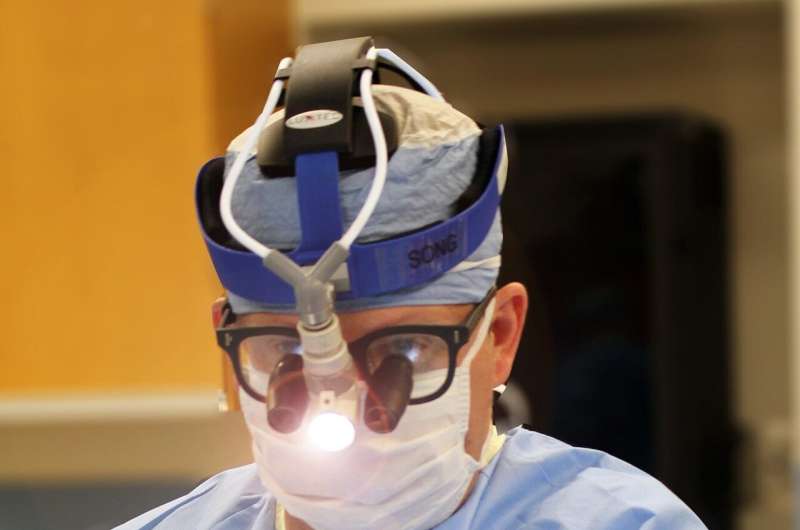Ancient Practice of Conch Shell Blowing Shows Promise for Treating Sleep Apnea

A six-month study shows that traditional conch shell blowing practice may reduce symptoms of obstructive sleep apnea by strengthening airway muscles, offering a low-cost alternative treatment option.
Research published in ERJ Open Research indicates that the traditional Indian practice of blowing through a conch shell, known as shankh blowing, might provide a simple and effective alternative for managing obstructive sleep apnea (OSA). In a six-month trial, individuals with moderate OSA who practiced this ancient technique experienced significant improvements in their sleep quality, alertness, and breathing patterns.
OSA is a common disorder characterized by frequent pauses in breathing during sleep, resulting in loud snoring, fragmented sleep, and daytime drowsiness. Left untreated, it can increase the risk of hypertension, cardiovascular disease, and stroke. While the standard treatment involves the use of continuous positive airway pressure (CPAP) machines to keep airways open, many patients face challenges with comfort and adherence.
The study, led by Dr. Krishna K Sharma from the Eternal Heart Care Centre and Research Institute in Jaipur, involved 30 participants aged between 19 and 65. They were randomly assigned to practice either shankh blowing or a conventional deep breathing exercise, with instructions to perform the practice for at least 15 minutes, five days a week, at home. After six months, those practicing shankh blowing showed a 34% reduction in daytime sleepiness, with polysomnography revealing 4 to 5 fewer apneas per hour and higher nocturnal oxygen levels.
The technique entails a deep inhalation followed by a forceful, sustained exhalation through pursed lips, creating vibrations that likely strengthen the muscles of the upper airway, including the soft palate. The unique spiraling structure of the conch shell may enhance these effects through specific acoustic and mechanical stimuli.
Dr. Sharma emphasized the practical benefits: "Shankh blowing is low-cost, easy to perform, and could be especially beneficial for those who find CPAP uncomfortable or inaccessible. Our initial findings suggest it can improve sleep and reduce symptoms in people with moderate sleep apnea."
Future plans include larger, multi-center trials to validate these findings, assess long-term effects, and compare shankh blowing with established treatments like CPAP. Experts such as Professor Sophia Schiza from the University of Crete recognize the potential of this ancient practice as a complementary therapy, underscoring the need for more comprehensive research.
This study opens new avenues for non-invasive, affordable interventions targeting airway muscle tone, offering hope for many individuals seeking effective sleep apnea treatments beyond conventional options.
Source: https://medicalxpress.com/news/2025-08-ancient-conch-shell-dangerous-condition.html
Stay Updated with Mia's Feed
Get the latest health & wellness insights delivered straight to your inbox.
Related Articles
Canadian Experts Urge Stronger Regulations to Shield Youth from Sports Betting Ads
Experts in Canada warn that pervasive sports betting advertising is exposing youth to gambling harms. Urgent legislative action is needed to safeguard minors and reduce problem gambling risks.
Innovative Liquid Crystal Technology Promises Rapid and Accurate At-Home COVID-19 Testing
A new liquid crystal-based COVID-19 test developed by researchers offers rapid, accurate, and at-home detection of the virus, potentially transforming viral testing methods.
Intravenous Tenecteplase Enhances Outcomes Before Thrombectomy in Stroke Patients
A recent study reveals that administering intravenous tenecteplase before endovascular thrombectomy can significantly improve functional independence in stroke patients, highlighting advances in stroke treatment protocols.
Advancements in In Utero Brain Surgery for Vein of Galen Malformation Show Promising Results
Recent breakthroughs in fetal embolization show promising results in treating vein of Galen malformation, reducing mortality and improving neurodevelopmental outcomes in high-risk fetuses.



